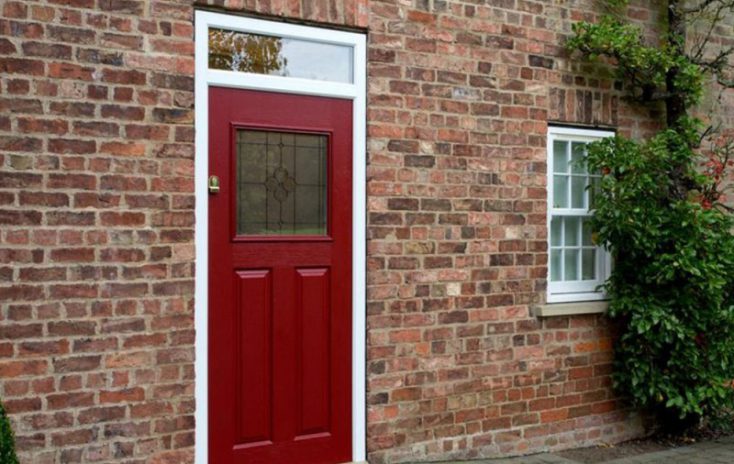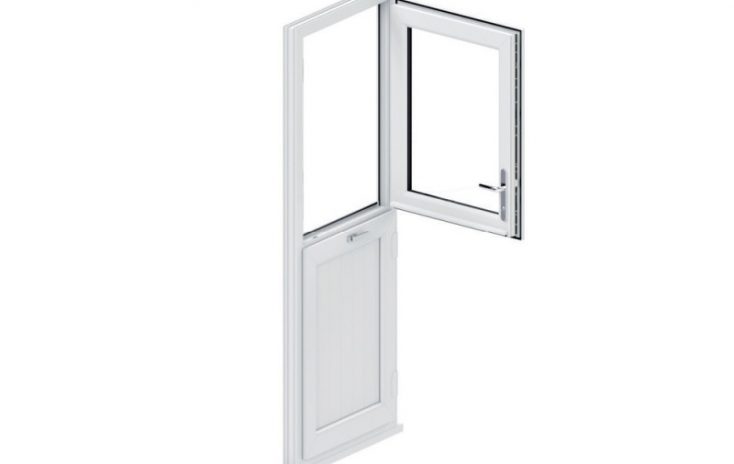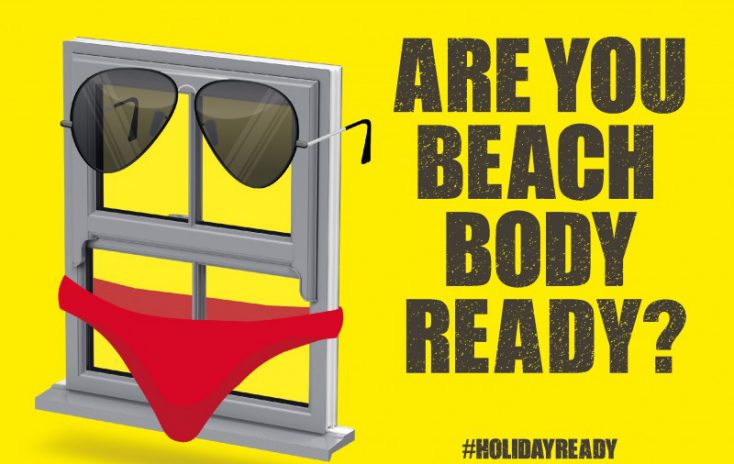Approved Document Part F of the Building Regulations in the UK sets out the requirements for ventilation in dwellings. These requirements are designed to ensure that all homes have adequate ventilation, which can help to improve air quality, reduce condensation, and prevent mould growth.
One of the ways that Part F can be met is by installing trickle vents in windows.
Trickle vents are small vents that are installed in windows to provide a continuous supply of fresh air into a home. They are a popular choice for ventilation because they are relatively inexpensive and easy to install, and in many cases, are now mandatory. However, there are a number of alternatives to trickle vents that may be a better option for some projects.
Part F made a number of changes to the ventilation requirements for modern windows. Much like current window vent regulations, if the windows being replaced have background ventilators, the replacement windows must also have background ventilators. The trickle vents must not be smaller than those in the original window installation, and they must have either manual or automatic control.
This is to ensure that homes have adequate ventilation, even if they have been fitted with new, energy-efficient windows. Energy-efficient windows are designed to keep heat in, but they can also make it difficult for fresh air to circulate. Trickle vents help to balance the benefits of energy efficiency with the need for good ventilation.
Being aware of the alternatives is important, as customers will no doubt be asking about ventilation and trickle vents, and you’ll want to be armed with the information to provide accurate and helpful advice.
Whilst we look at other ventilation options available to homeowners other than trickle vents, it is sometimes necessary or recommended for trickle vents to be used. There are options available that make trickle vents inconspicuous, such as Liniar’s seamless vented head drip.
Extractor fans
Extractor fans are a good alternative to trickle vents, but generally are best suited in the kitchen and bathroom (typically where there’s high moisture during certain activities, rather than a continuous need for fresh air). These fans will remove moist air from these rooms, which can help to prevent condensation and mould growth.
Extractor fans are relatively inexpensive and easy to install.
The main downside with extractor fans is that they require sufficient wall or ceiling space, and may not be particularly well suited in older homes with small kitchens and bathrooms, where there may not be adequate room.
Often, they’re also seen as quite old school, with an extractor fan typically needing to be turned on/off manually by a switch, which means the benefits are lost if a customer forgets to switch it on at the right time.
Mechanical ventilation systems
Mechanical ventilation systems (MVS) are another alternative to trickle vents and other ventilation solutions.
MVSs are more expensive than trickle vents or extractor fans, but they can provide a more controlled and efficient ventilation system. MVSs are often used in homes with high levels of moisture.
Whilst there are different types of MVSs available, the system will commonly sit in a loft, and will draw fresh air from outside, filter it, and bring it inside and push it throughout the property. They typically require minimal maintenance, and some can heat the air, which may help in colder homes with less insulation.
The best alternative to trickle vents will depend on the individual needs and preferences of the customer.
Here are some additional things to consider when choosing an alternative to trickle vents:
- The size of your home. If you have a large home, you may need a more powerful ventilation system than if you have a small home.
- The climate where you live. If you live in a cold climate, you may want to choose a ventilation system that can help to keep your home warm.
- Your budget. Trickle vents are the most affordable option (especially if the windows are being replaced regardless), while MVSs are the most expensive.
Armed with this information, you’ll now be prepared to advise customers on the different options available to them to help with their ventilation requirements when it comes to replacing their windows.



